“Vietnam War: Cryptology in North Vietnam – NSA Official History” has been added to your cart. View cart
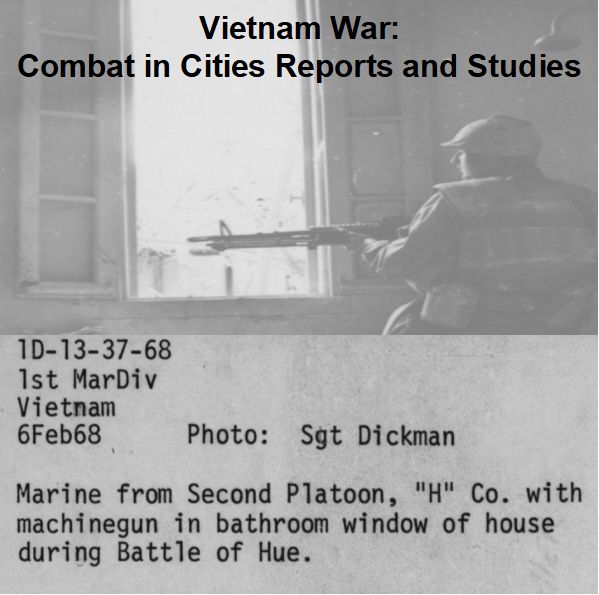
Description
Urban Warfare: A Historical and Doctrinal Review
Ancient Times – Mid-20th Century:
- General Overview of Urban Operations: An anthology “Block by Block – the Challenges of Urban Operations” provides a broad historical context for urban combat, starting from ancient times and continuing through the mid-twentieth century.
World War II (1939-1945):
- Urban Conflict in Europe and the Pacific: The “Combat in Cities Report Volumes I, II & III (1972)” study examines urban conflict during World War II in both European and Pacific theaters to validate and expand existing combat doctrine.
- Battle of Aachen (1944): Mentioned in “Breaking the Mold: Tanks in the Cities (2006)” as a case study for the employment of tanks in urban warfare.
- U.S., German, and Japanese Operations in Cities: “Block by Block – the Challenges of Urban Operations (2003)” includes ten specific case studies of urban operations by these nations during WWII.
Post-War European Uprisings Against the Soviet Union:
- Unspecified Post-War Uprisings: “Combat in Cities Report Volumes I, II & III (1972)” considers these events as part of its historical review to inform urban warfare doctrine.
Korean Conflict (1950-1953):
- Battle for Seoul: “Combat in Cities Report Volumes I, II & III (1972)” includes this battle as a significant historical example of urban combat.
Last Decade (pre-1972) – United States:
- Urban Unrest and Civil Disturbances: “Combat in Cities Report Volumes I, II & III (1972)” examines these domestic events at the lower end of the combat in cities spectrum.
Vietnam War (1955-1975):
- Recent Battles for Saigon and Hue (pre-1972): “Combat in Cities Report Volumes I, II & III (1972)” includes these battles as contemporary examples of urban conflict.
- Hue City, Vietnam (1968) – Battle of Hue: This battle is a significant focus across multiple sources:
- “Shaping the Battlespace to Win the Street Fight (2000)” covers it extensively, analyzing the strategic setting, conflict history, American and North Vietnamese campaign plans, execution, operational assessment, command & control, intelligence, maneuver, fires, logistics, force protection, and lessons learned.
- “Block by Block – the Challenges of Urban Operations (2003)” includes a study specifically titled “The Battle for Hue, 1968.”
- “Breaking the Mold: Tanks in the Cities (2006)” uses the combat related to Hue City as a case study for tanks in urban warfare.
Post-Vietnam Conflicts:
- Operation Restore Hope in Somalia (1992-1994): “Shaping the Battlespace to Win the Street Fight (2000)” includes this as one of its three primary urban fighting case studies.
- Russia’s Campaign for Chechnya (1994-1996):“Shaping the Battlespace to Win the Street Fight (2000)” examines this campaign, specifically concerning the urban fighting aspects.
- “Block by Block – the Challenges of Urban Operations (2003)” details recent Russian attempts to subdue Chechen fighters in Grozny.
- Serbian Siege of Sarajevo (1992-1996): “Block by Block – the Challenges of Urban Operations (2003)” includes this siege as one of its case studies.
- Fallujah (2004): “Breaking the Mold: Tanks in the Cities (2006)” uses Fallujah as a contemporary case study for the employment of tanks in urban warfare.
Cast of Characters
The sources provided are primarily academic and military studies, so the “characters” are mostly authors or organizations responsible for the creation of the documents, rather than individuals involved in the combat itself.
- United States Army Infantry School:Role: Produced “Combat in Cities Report Volumes I, II & III (1972)” and the “Combat in Built-up Areas Handbook (1973).” These institutions are key in developing and disseminating U.S. Army doctrine on urban warfare.
- Major Norman Lee Cooling, USMC:Bio: Author of “Shaping the Battlespace to Win the Street Fight (2000),” a Master of Military Studies thesis produced at the United States Marine Corps Command and Staff College, Marine Corps University, Quantico, VA. His work focuses on operational level considerations in urban environments, using Hue City, Somalia, and Chechnya as case studies.
- James H. Willbanks, Lieutenant Colonel, U.S. Army, Retired:Bio: Professor of joint and multinational operations at the U.S. Army Command and General Staff College. He authored “The Battle for Hue, 1968,” a study included in the anthology “Block by Block – the Challenges of Urban Operations (2003).”
- Kendall D. Gott:Bio: Author of “Breaking the Mold: Tanks in the Cities (2006),” a monograph published by the Combat Studies Institute Press, Fort Leavenworth, Kansas. His work examines the use of tanks in urban warfare, including the Hue City and Fallujah conflicts.
- Department of Defense (DoD):Role: Designated the Marine Corps as the lead service for the development of joint doctrine for urban operations, as mentioned in Major Cooling’s thesis.







Related products
-
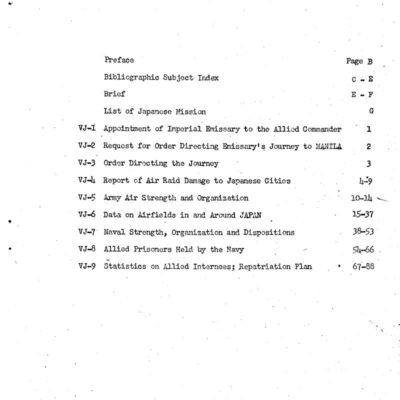
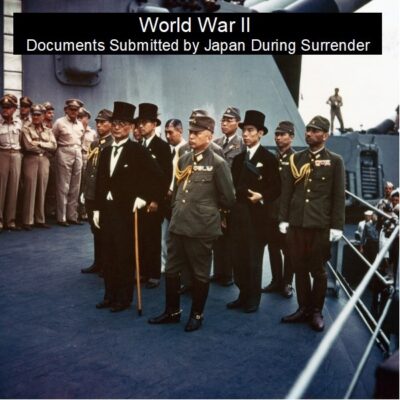
Japan’s Surrender Documents from World War II
$1.99 Add to Cart -
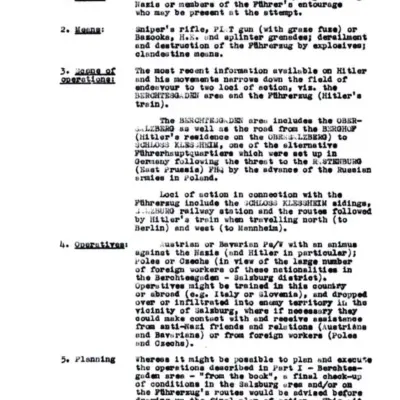
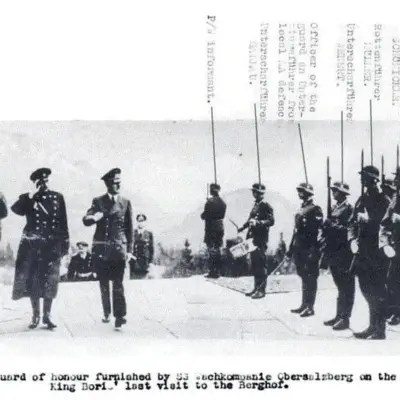
World War II: Adolf Hitler and Operation Foxley – British Assassination Plot
$19.50 Add to Cart -
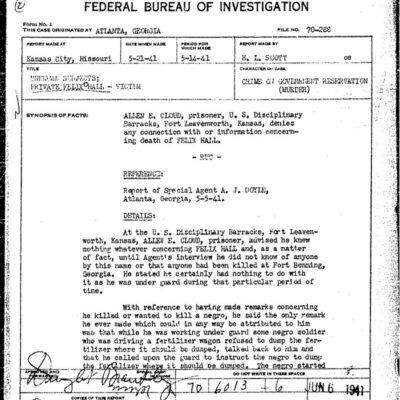
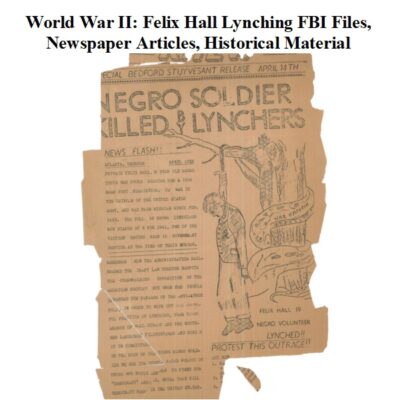
World War II: Felix Hall Lynching – FBI Files, Articles, Historical Records
$9.99 Add to Cart -

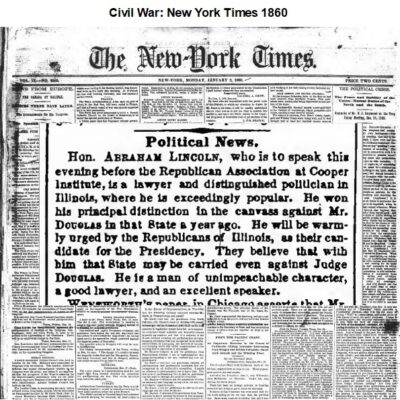
Civil War: New York Times 1860
$9.90 Add to Cart